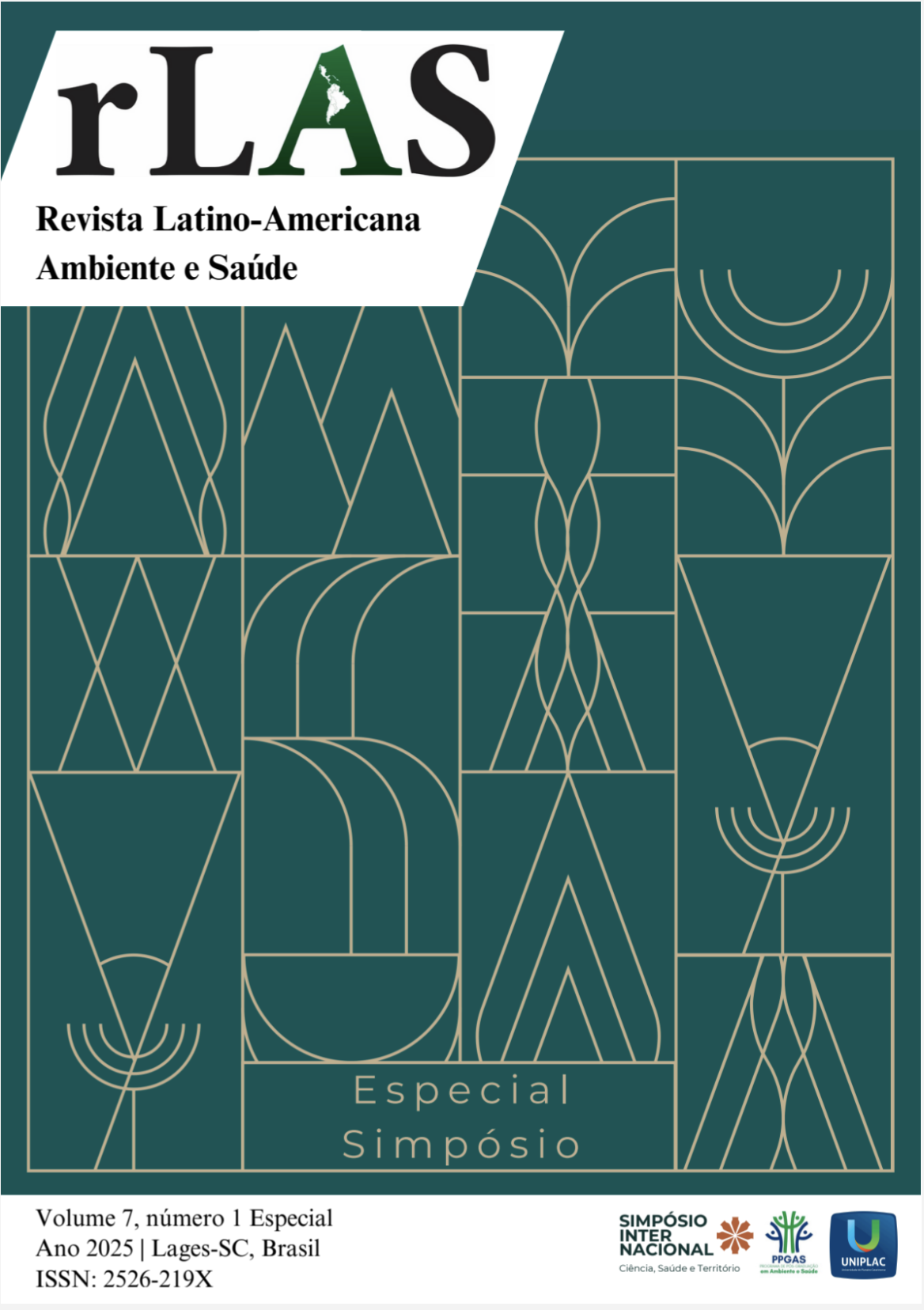Zinc in Santa Catarina soils: temporal dynamics and pedogenic influences
Keywords:
natural levels, soils, trace elementsAbstract
Zinc (Zn) is an essential micronutrient for living organisms; however, at elevated concentrations, it can pose risks to human health and the environment. In this context, understanding the natural levels of this element in soils is fundamental to distinguishing between natural concentrations and those influenced by anthropogenic activities. This study aimed to compare the natural zinc contents in soils of Santa Catarina, based on samples collected between 2010 and 2021, in order to assess the stability of values over time and the influence of soil characteristics. A total of 50 representative samples were analyzed, collected from the A horizon, with Zn concentrations determined by inductively coupled plasma optical emission spectrometry (ICP OES). The results showed that Zn levels remained relatively stable throughout the analyzed period. A positive correlation was observed between Zn concentrations and clay content, as well as pH. Soils derived from basalt showed the highest Zn concentrations. These data reinforce the importance of keeping reference values for trace elements in soils up to date, considering regional geological specificities and the potential impacts on environmental health. The adoption of continuous monitoring measures is essential to ensure environmental safety and the sustainable use of natural resources, in line with the principles of the One Health approach.
References
EYNDE, E. V. et al. Spatial assessment of topsoil zinc concentrations in Europe. Science of the Total Environment, v.892, p.164512, 2023.
HUGEN, C. et al. Natural background levels of copper in soils of Santa Catarina State, southern Brazil. Environmental Science and Pollution Research, v.31, 2013.
SKORUPA, A. L. et al. Spatial distribution of Pb and Zn in soils under native vegetation in Southeast Brazil. Environmental Geochemistry and Health, v.46, n.3, 2024.
SILVA, J. D. et al. Magnetic signature and X-ray fluorescence for mapping trace elements in soils originating from basalt and sandstone. Chemosphere, v.341, 2023.
STILES, L.I.; FERRAO, K.; MEHTA, K.J. Role of zinc in health and disease. Clinical and Experimental Medicine, v. 24, p. 38, 2024.
TEIXEIRA, P.C. et al. Manual de Métodos de Análise de Solo. Brasília, DF: 3 ed., 2017.
USEPA - United States Environmental Protection Agency. Method 3050B. USEPA, 2003.


